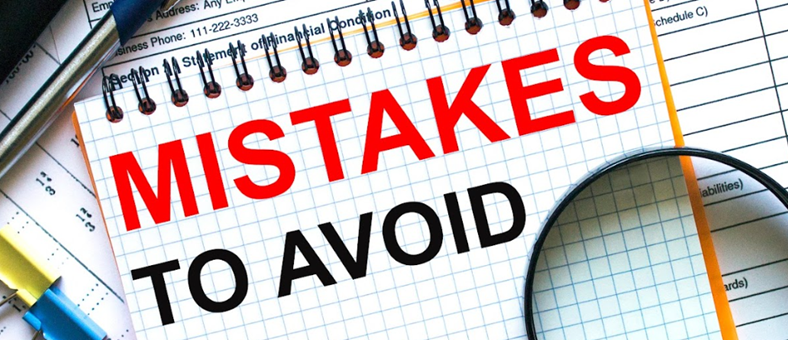Mistake Management: An SME’s Guide to Minimising Human Error
Human error is unavoidable sometimes, whether it’s a loss of concentration or a result of overload, it can happen to the best of us. As managers, we need to work hard to minimise any opportunity for human error. That can seem like a difficult task, but it doesn’t have to be. There are a number of simple ways to minimise human error. To gain a deeper understanding of how you can do this, discuss some of these ideas with your team and see what you can implement in your business.
Evaluate workload
One of the biggest contributors to human error is stress or workload. Employees who feel stressed or under pressure are much more likely to make human errors. A simple and easy way to avoid this is to evaluate workload and outsource wherever possible. One area where human error can be very costly is payroll. Don’t let your business suffer from human error in payroll. Instead, try outsourcing to a payroll company in Melbourne. Outsourcing is a great way to not only lower stress and pressure on your employees, but it also provides peace of mind that you have experts working on a very important part of your business. Lowering workloads gives employees a chance to rebalance and avoid human error in what can be very costly tasks.
Checks and balances
Processes and approvals are a natural part of any business. Balancing approvals and employees engagement can be tough. Employees need to feel empowered to make decisions, but your business needs peace of mind that human error won’t be too costly. A simple way to help avoid human error is to put a few more checks and balances in. Instead of making those checks at the management level though, try getting employees to work together on reviews. Having employees of a similar level reviewing work helps the responsible party feel more comfortable, and the business gets the benefit of multiple eyes checking all work. This approach also helps increase collaboration across teams.
The right tools
Empowering employees with your trust can be tough if you’ve experienced human errors in the past. A great way to keep engagement high and minimise human error is to make sure employees have the right tools. No matter what the output, employees need the right software and tools to complete the necessary checks. If your business is publishing any kind of financial documents, consider an accounting software program to help ensure calculations and formulas have been correctly formatted. Even if your business is publishing a report, make sure employees can check their soft copy output as well as the hard copy documents as well. There are a number of software platforms on the market designed to help review and identify any potential errors in your employees work, all you have to do is ensure they have access.
Recognise and interject
Human error can be unavoidable sometimes, but the warning signs can also be very familiar. If you notice your employees becoming pressured or stressed, then it’s time to act. Set up a culture where managers and employees understand the importance of noticing the signs and feel comfortable asking if their colleagues need help. A culture like that doesn’t happen overnight, it has to be lived and breathed by leaders. Drive that culture and you will go a long way to minimising the main culprit to human error.
In any workplace, human error can be a detrimental force. This is especially the case when dealing with critical functions such as payroll. Instead of counting the costs of human error in dollars and cents, use this simple guide to help minimise human error in your business.






No Comment